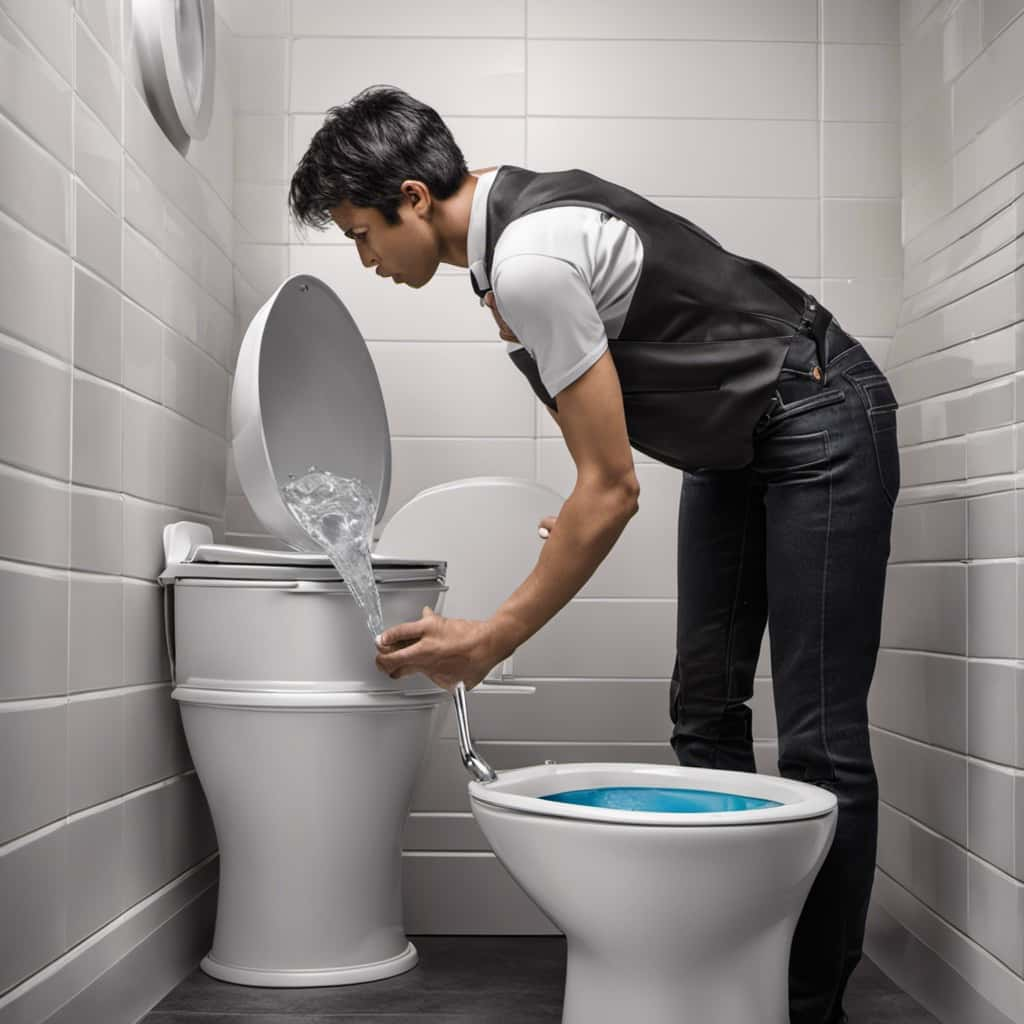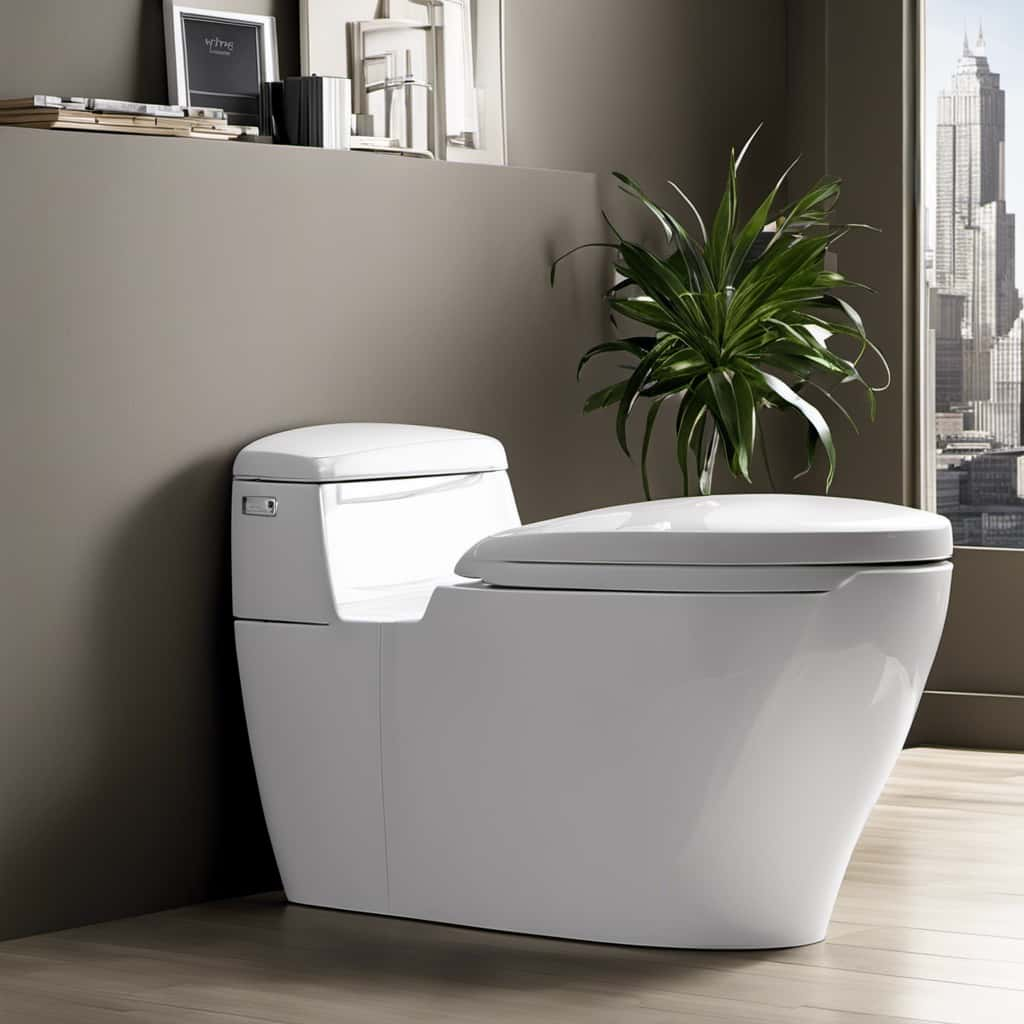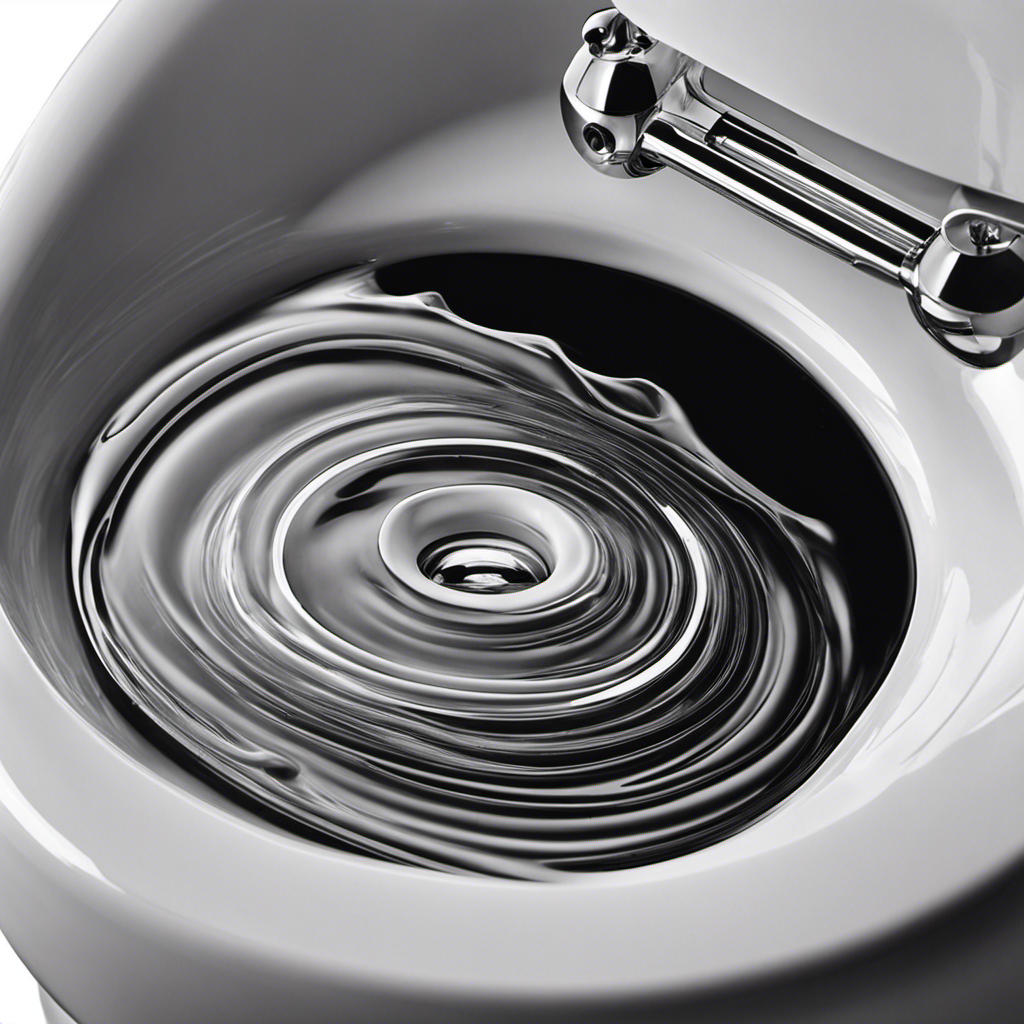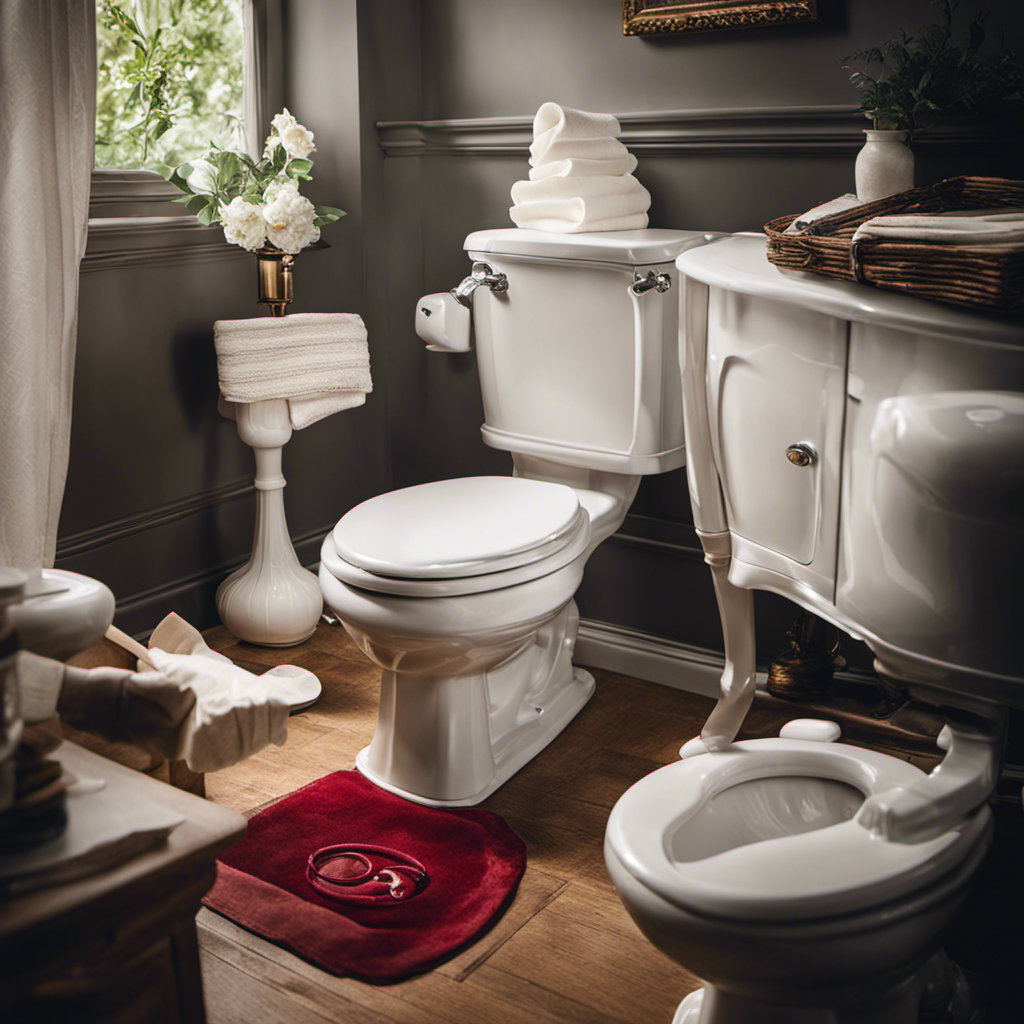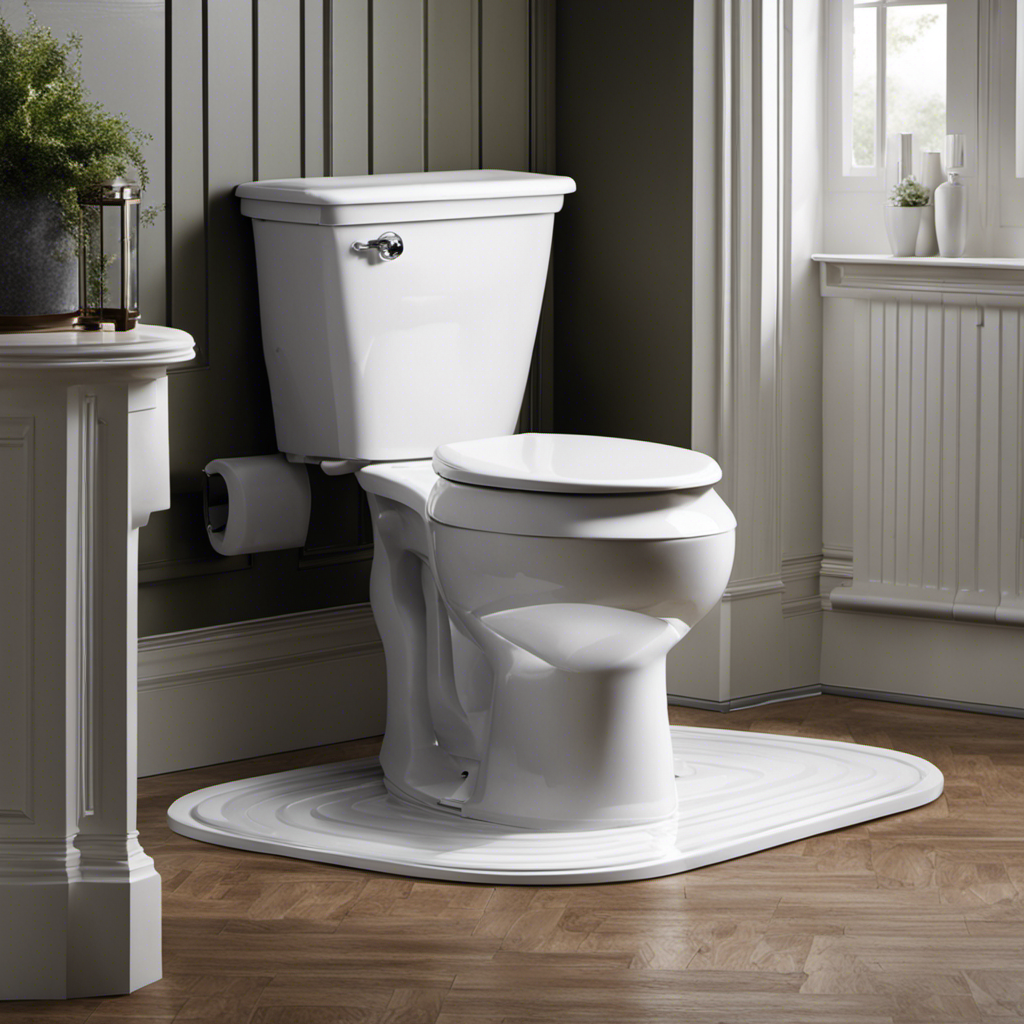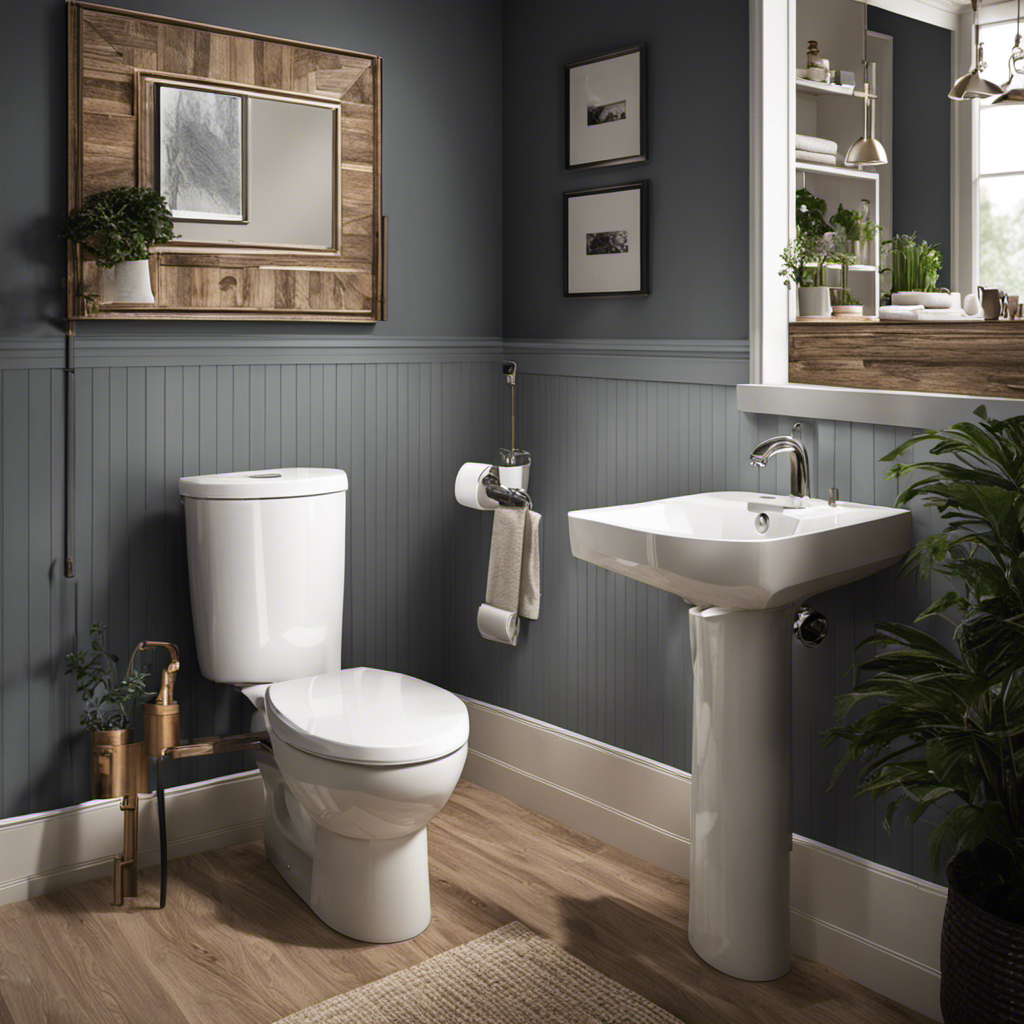Are you tired of experiencing a sudden drop in shower pressure every time someone flushes the toilet? Well, fear not, because we’re here to shed some light on this perplexing phenomenon.
In this article, we’ll delve into the intricate workings of plumbing systems and explore the fascinating relationship between toilet flushing and shower pressure.
Get ready to master the art of maintaining consistent shower pressure, as we uncover the factors that can impact this essential aspect of your daily routine.
Let’s dive in!
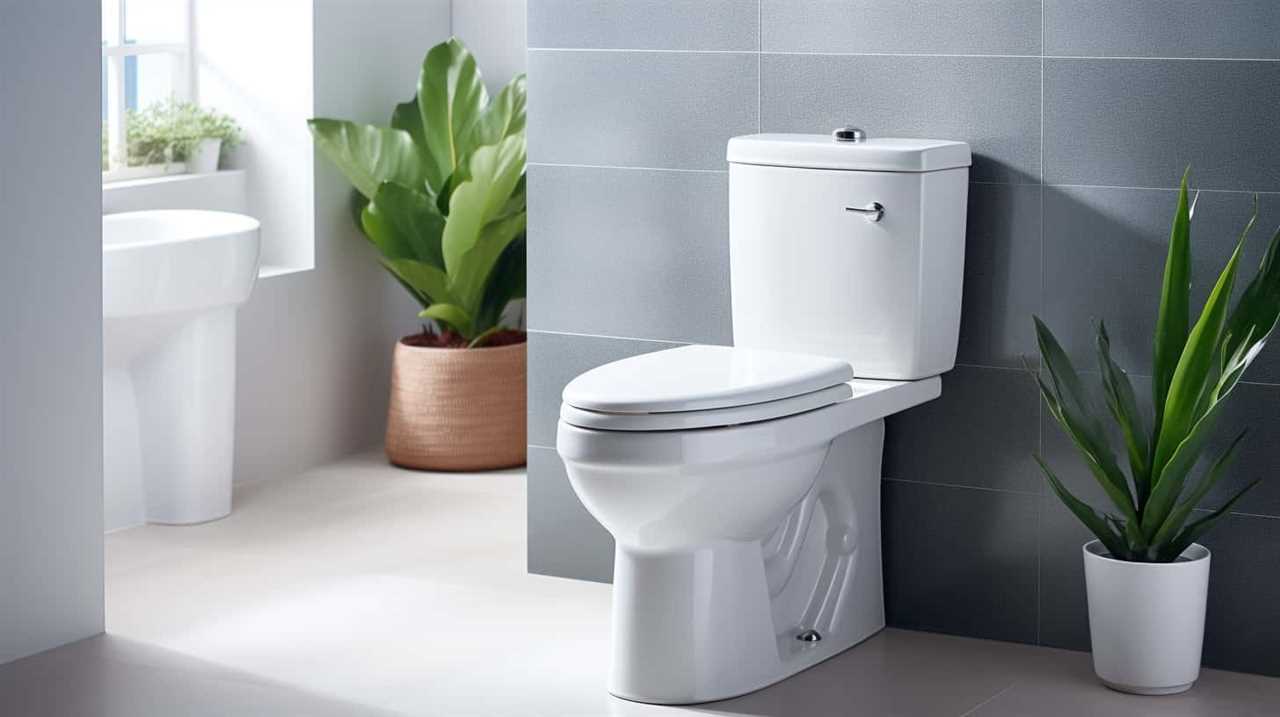
Key Takeaways
- Flushing the toilet can temporarily decrease shower pressure due to diverted water.
- Understanding the relationship between toilet flushing and shower pressure is crucial for maintaining a functional plumbing system.
- Regular maintenance, such as cleaning the showerhead and addressing any plumbing issues, can help mitigate the impact of flushing on shower pressure.
- Implementing pressure-reducing valves can help regulate water pressure and optimize shower pressure when the toilet is flushed.
Understanding Water Pressure in Plumbing Systems
Understanding water pressure in plumbing systems is crucial when troubleshooting shower pressure issues. Water pressure fluctuations can greatly impact the performance of household fixtures, including showers.
The water pressure in plumbing systems determines the force at which water flows through the pipes and fixtures. If the water pressure is too low, it can result in weak or insufficient water flow from the showerhead.
Conversely, if the water pressure is too high, it can lead to excessive water flow, causing issues such as leaks or damage to the fixtures. Therefore, it’s important to maintain the optimal water pressure in plumbing systems to ensure proper functioning of household fixtures and avoid any shower pressure issues.
The Relationship Between Toilet Flushing and Shower Pressure
Flushing the toilet can significantly impact shower pressure in a household plumbing system. The relationship between toilet flushing and shower pressure is crucial to understand in order to maintain optimal water flow throughout the plumbing system. Here are three key points to consider:
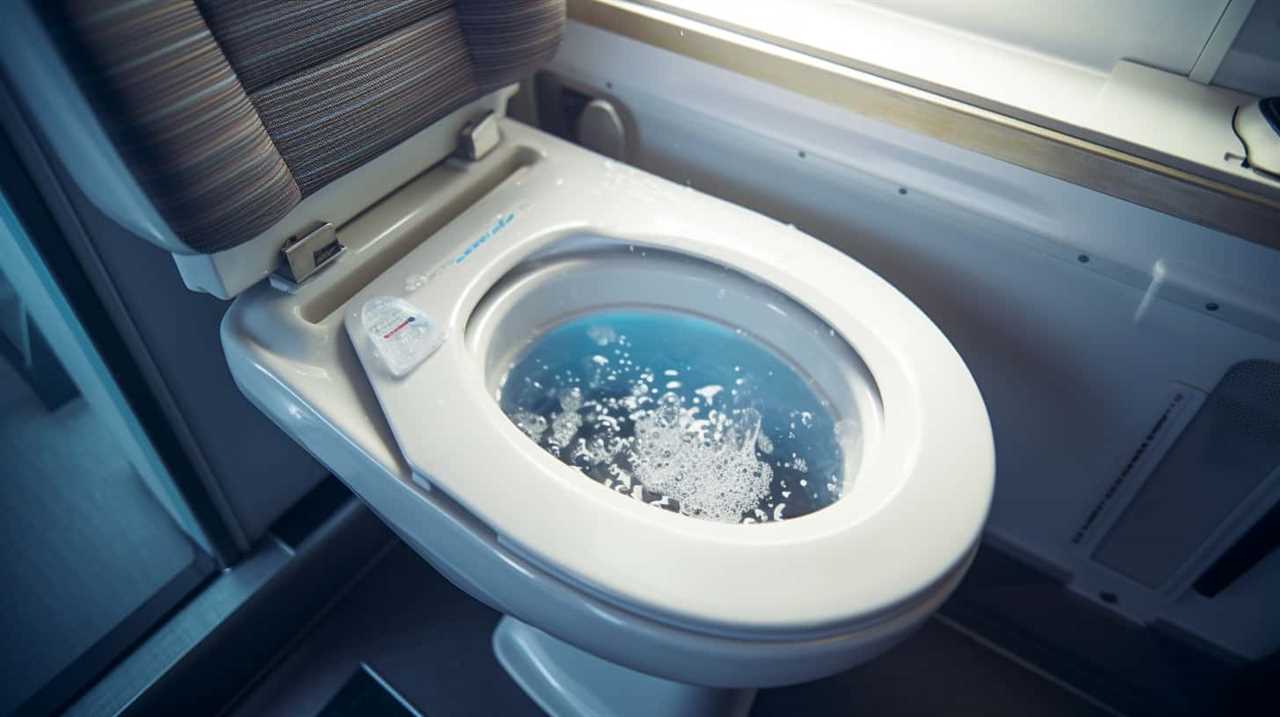
- Water diversion: When a toilet is flushed, a significant amount of water is diverted from the main water supply to refill the toilet tank. This diversion can cause a temporary decrease in water flow to other fixtures, including the shower.
- Pipe diameter: The diameter of the pipes in the plumbing system plays a role in the impact of toilet flushing on shower pressure. If the pipes are too narrow, the decrease in water flow caused by flushing the toilet can be more pronounced.
- Water pressure regulation: Proper water pressure regulation devices, such as pressure-reducing valves, can help mitigate the impact of toilet flushing on shower pressure. These devices maintain a consistent water pressure throughout the system, ensuring a constant flow of water to all fixtures.
Understanding the relationship between toilet flushing and shower pressure is essential for maintaining a functional and efficient plumbing system. By considering water diversion, pipe diameter, and water pressure regulation, homeowners can optimize shower pressure even when the toilet is flushed.
Factors That Can Impact Shower Pressure
When it comes to maintaining optimal shower pressure, several factors come into play that can impact the overall water flow in a plumbing system.
Water pressure regulation is one of the most critical aspects of ensuring consistent and satisfactory shower pressure. The regulation of water pressure is achieved through the use of pressure regulators or control valves that maintain a specific pressure level in the plumbing system. These devices are designed to prevent excessive pressure that can lead to pipe damage or reduced flow.
Another factor that can impact shower pressure is the impact of water flow. The size and condition of the pipes, as well as any obstructions or leaks, can affect the flow of water and subsequently the pressure experienced in the shower.
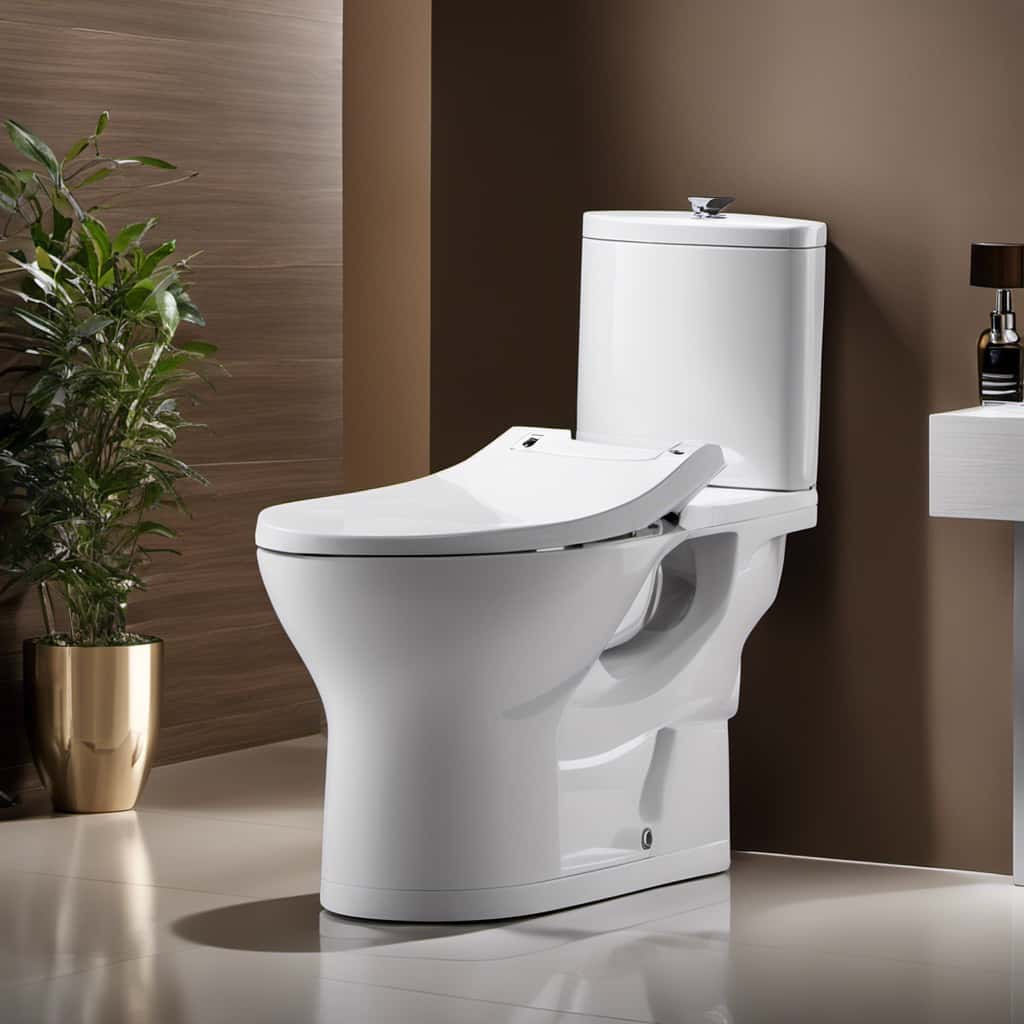
It’s essential to ensure that the plumbing system is well-maintained and free from any issues that could hinder water flow and impact shower pressure.
How Toilet Flushing Can Temporarily Decrease Shower Pressure
During toilet flushing, we may experience a temporary decrease in shower pressure. This occurs due to the interaction between the plumbing systems of the toilet and the shower.
Here are three reasons why toilet flushing can affect shower pressure:
- Water distribution: When a toilet is flushed, water is diverted from the main supply line to fill the toilet tank. This temporary shift in water distribution can result in a decrease in water pressure reaching the showerhead.
- Pressure drop: Flushing a toilet can cause a momentary drop in water pressure throughout the plumbing system. This pressure drop can impact the shower, leading to a decrease in shower pressure.
- Showerhead clogging: The sudden change in water pressure caused by toilet flushing can dislodge sediments or debris in the plumbing pipes. These particles can then flow into the showerhead, potentially causing clogs that further reduce shower pressure.
To mitigate these issues, regular toilet plumbing maintenance and showerhead cleaning are essential.
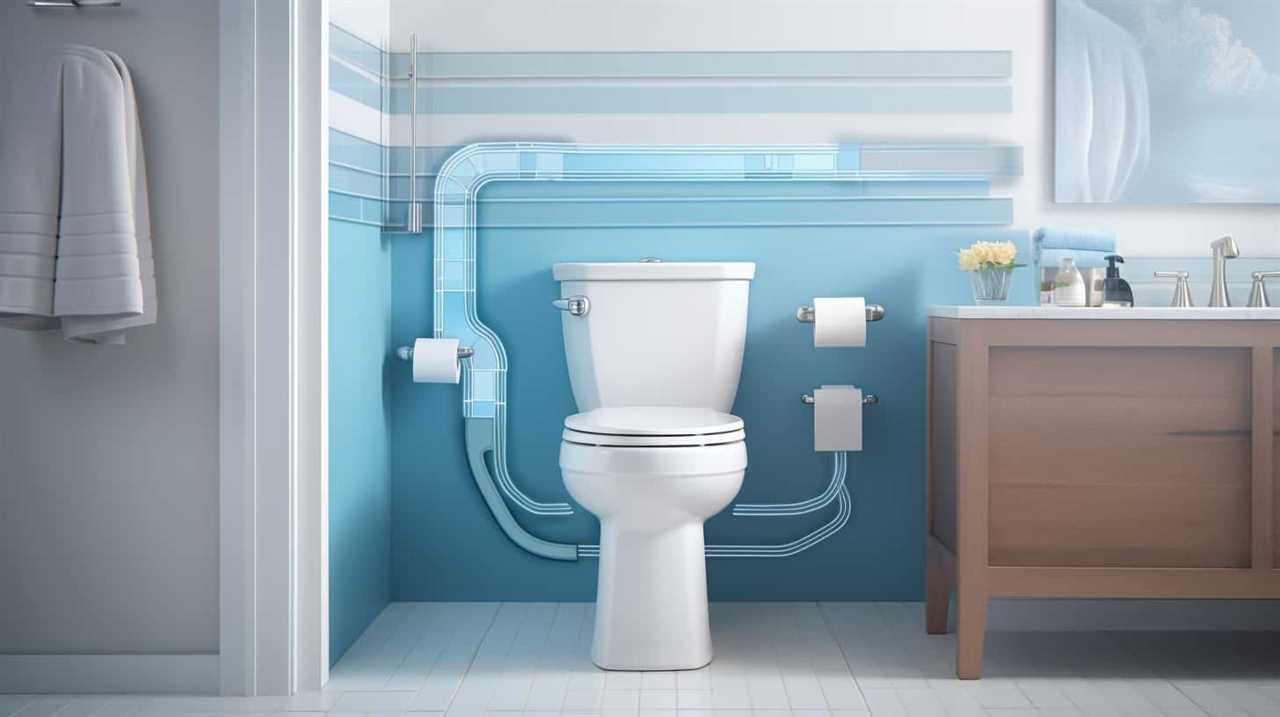
Tips for Maintaining Consistent Shower Pressure
To maintain consistent shower pressure, we can implement a few simple strategies. By understanding the principles of water pressure regulation and troubleshooting common shower pressure issues, we can ensure a satisfying shower experience every time. Here are some tips to help you maintain optimal shower pressure:
| Strategies for Maintaining Consistent Shower Pressure |
|---|
| Check water pressure at the main supply line |
| Remove any clogs or blockages in the showerhead |
| Install a pressure-regulating valve |
| Ensure proper ventilation in the bathroom |
| Regularly inspect and replace worn-out plumbing parts |
Frequently Asked Questions
Can Shower Pressure Be Affected by Factors Other Than Toilet Flushing?
Shower pressure can be influenced by various factors, not just toilet flushing. Other factors such as water pressure fluctuations, pipe blockages, or faulty valves can also impact water flow and affect shower pressure.
How Long Does the Decrease in Shower Pressure Last After Flushing the Toilet?
Water pressure fluctuations after flushing the toilet can affect shower pressure. It is crucial to understand how long this decrease lasts. Regular plumbing maintenance can help mitigate the impact and ensure consistent water flow.
Can the Age of the Plumbing System Affect Shower Pressure?
The age of the plumbing system can indeed affect water pressure in the shower. Over time, pipes can deteriorate, leading to decreased water flow and pressure. Upgrading old plumbing can improve shower pressure significantly.
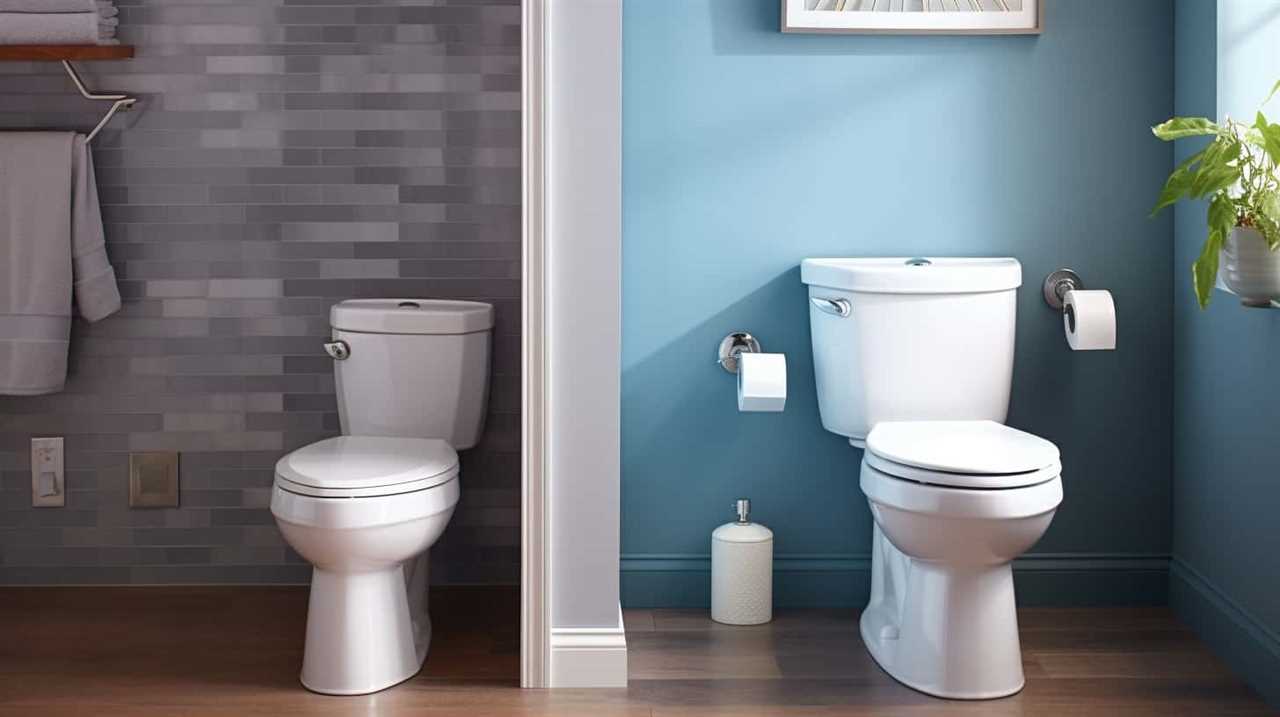
Are There Any Other Appliances or Fixtures That Can Impact Shower Pressure?
Water flow restrictions and a water heater malfunction are potential factors that can impact shower pressure. These issues can arise from other appliances or fixtures in the plumbing system, reducing the overall water pressure.
What Steps Can Be Taken to Increase Shower Pressure if It Is Consistently Low?
To improve water flow, there are several ways you can increase shower pressure if it’s consistently low. Identifying causes of low pressure and addressing them, such as cleaning showerheads or adjusting water pressure regulators, can help.
Conclusion
In conclusion, while flushing the toilet may temporarily affect shower pressure, it isn’t a significant long-term issue. Factors such as plumbing system design, water pressure regulators, and other appliances can impact shower pressure more than toilet flushing.
By understanding these factors and maintaining a consistent water pressure, you can ensure a satisfying shower experience. Remember, even though the occasional dip in pressure may occur, it’s just a drop in the bucket compared to the overall performance of your plumbing system.
